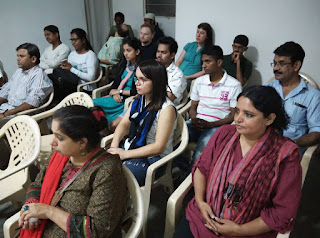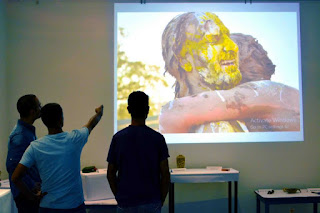'PLEASE FIND ENCLOSED' series is a collaborative project brought to you by Kena Artists' Initiative and Collectif BLBC, Paris, with the kind support of 1 Shanthi Road, Bangalore.
PATRICK SAGNES |
Born in the South of France in 1968, Patrick Sagnes was only 8 when he took his first image with the family camera. He started sneaking his way into the photo world, while he was undergoing training at KODIRIS, PICTO laboratory and FUJIFILM. After spending 4 years at the University of Art and the High School of Communication, Patrick Sagnes left Lyon for Paris and was admitted at the EMI-CFD School of Photojournalism. Once graduated, he joined Saola Press Agency, publishing his first photos and began contributing to magazines all over the world. While collaborating with various news agencies – after leaving Saola – he was awarded “Young Reporter Prize of the Year” by the European Festival of Journalism in Angers. By this time, Patrick Sagnes decided to work by himself, and, as an independant photographer for the press magazines. Which led him to be entrusted with communication and commercial campaigns for well-known international groups Adidas, Elle or Coca-Cola.
PLEASE FIND ENCLOSED
An exhibition solely developed through digital streams Collectif BLBC, based in Paris, France in collaboration with Kena, based in Bangalore,























































